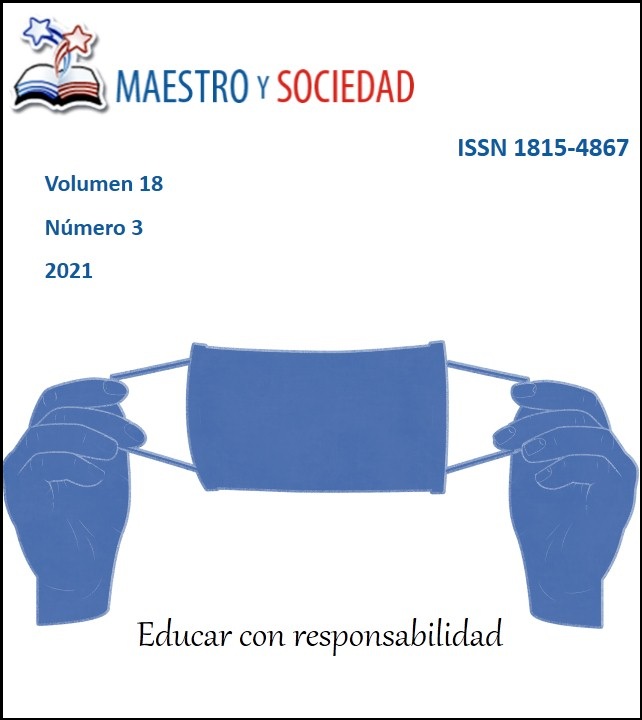Cognitive neurosciences, neurosciences of education and English learning. Necessary confluences
Array
Keywords:
Neurosciences of education; education of English as second languageAbstract
The impetuous progress of neurosciences in the understanding of brain activity and the advance of cognitive neuroscience in the thoughtfulness of mental process. It has been essential for the development of educational neuroscience, and with this, in the understanding of rational and cognitive basis of teaching and learning practice. In this process of support of teacher’s activity, the education in foreign languages has been include, especially in the case of English as second language. However, the applicability that English teacher is doing with the neuroscientific knowledge in the quotidian activity of teaches of language is modest. These are the reasons which were taking into consideration in the present paper to do a little analysis of the possibilities of neurosciences for English education.
References
2. Blakemore, S.J. y Frith, U. (2018). Cómo aprende el cerebro. Las Claves para la Educación. Barcelona: Ariel.
3. Caine, R.N., y Caine, G. (2014). Making connections: teaching and the human brain. Menlo Park, CA: Addison Wesley.
4. Christison, M.A. (2010). Applications of brain based research to second language teaching and learning. Ponencia presentada en la 32º Convención anual de TESOL en Seattle, Washington.
5. Christison, M.A. (2012). Brain-based research and language teaching. English Teaching Forum, 40 (2), 2-6.
6. Genesee, F. (2000). Brain research: Implications for second language learning. UC Berkeley: Center for Research on Education Diversity and Excellence.
7. Gardner, H. (1993). Frames of mind. The theory of multiple intelligences. NY: Harper Collins Publishers.
8. Jensen, E. (1997). Brain compatible strategies. USA: The Brain Store.
9. Jensen, E. (1998). Teaching with the brain in mind. Association for Supervision and Curriculum Development. Alexandria, Virginia: ASCD.
10. Jensen, E. (2006). Enriching the brain. How to maximize every learner´s potential? USA: Jossey-Bass.
11. Pérez Ruiz, J. (2011). Aprendizaje y enseñanza de segundas lenguas desde la perspectiva de la neurociencia. Madrid: EOS.
12. Pizarro de Zulliger, B. (2003). Neurociencia y educación. Madrid: La Muralla, S.A.
13. Rodríguez, C. (2014). Estudio descriptivo de la competencia comunicativa de los alumnos de bachillerato. English Teaching Forum, 42 (3), 38-47.
14. Sousa, D. A. (2001). How the brain learns: A classroom teacher’s guide? NY: Corwin Press, INC.
15. Sylwester, R. (1995). A celebration of neurons. An educator’s guide to the human brain. Alexandria, Virginia: ASCD.
16. Sylwester, R. (2005). How to explain a brain? An educator’s handbook of brain terms and cognitive processes. California: Corwin Press.
17. Zadina, J.N. (2008). Six weeks to a brain-compatible classroom. Brain Research and Instruction, 33, 48-57.
18. Zadina, J.N. (2010). Implications of neuroscience research for teaching foreign language. English Teaching Forum, 38 (1), 83-91.
Published
How to Cite
Issue
Section
License
This journal provides immediate open access to its content, based on the principle that offering the public free access to research helps a greater global exchange of knowledge. Each author is responsible for the content of each of their articles.



























 Universidad de Oriente
Universidad de Oriente 